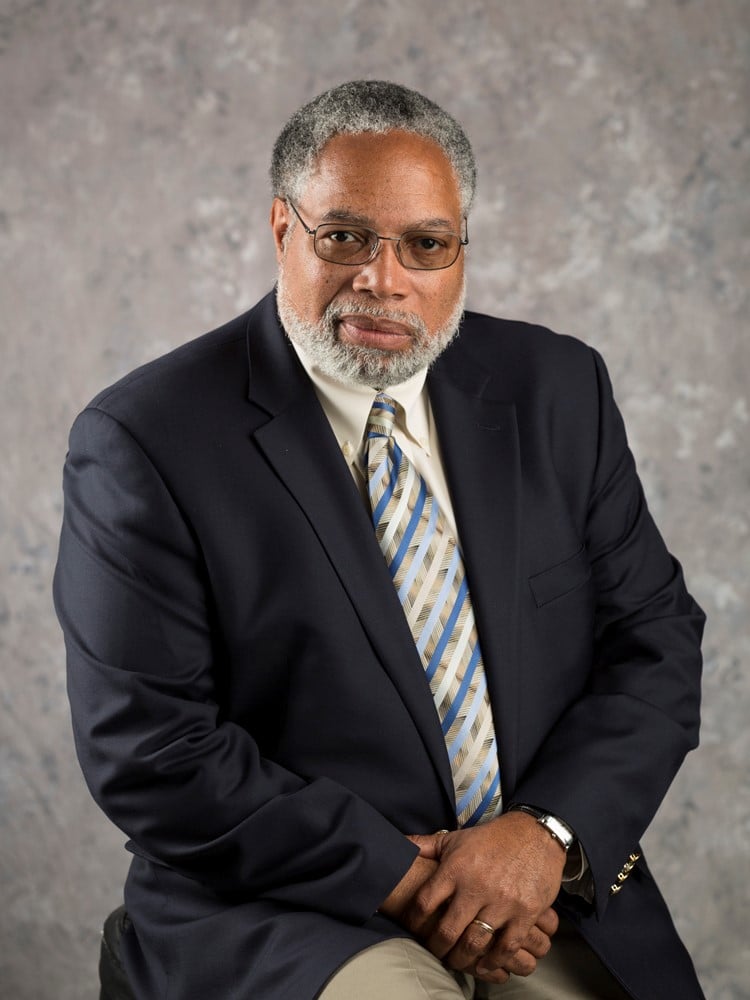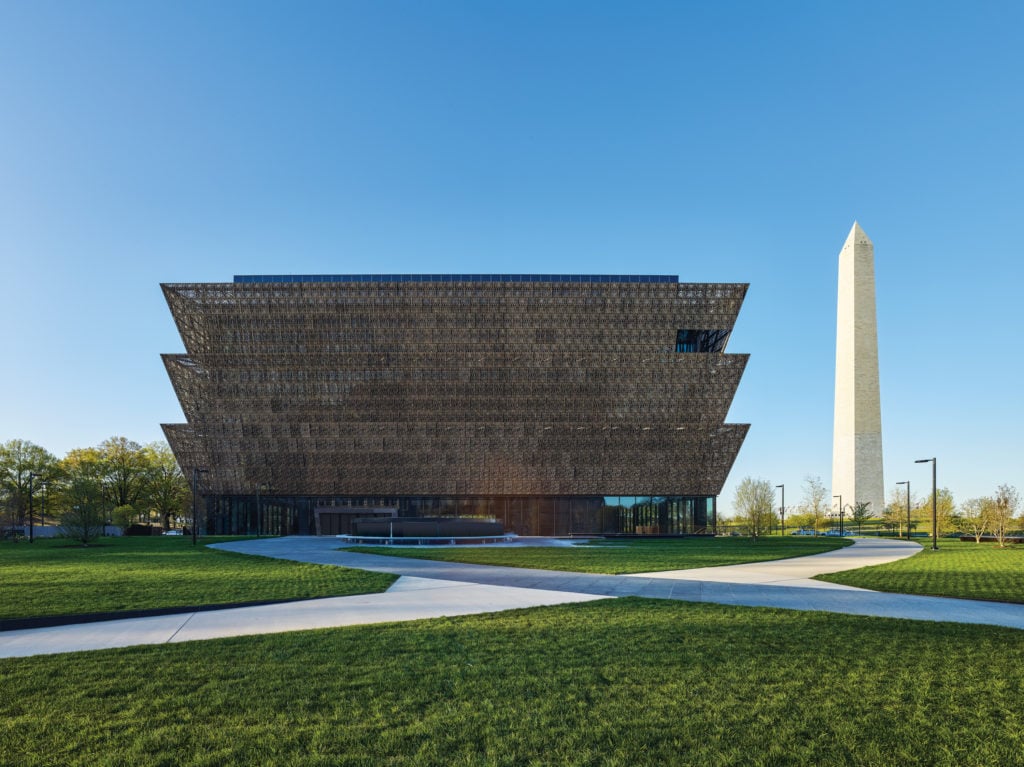People
The Smithsonian Names Lonnie Bunch as Its New Secretary, the First African American and First Historian to Hold the Post
Bunch realized the long-held dream of a national African American museum in the nation's capital.

Bunch realized the long-held dream of a national African American museum in the nation's capital.

Sarah Cascone

The Smithsonian Institution’s board of regents has announced that Lonnie G. Bunch III, director of the Smithsonian’s National Museum of African American History and Culture, will be the organization’s 14th secretary. The role is responsible for overseeing the Smithsonian’s 19 museums, nine research centers, and the National Zoo.
It’s a milestone appointment for the Smithsonian, which has never had an African American or a historian in its top role. Bunch, who is 66, will also be the first museum director in 74 years to hold the position, which is more akin to a CEO job than a typical museum directorship. Collectively, the Smithsonian has a $1.5 billion annual budget, 6,800 staff members, and a collection of close to 155 million objects.
Bunch, who told the Washington Post that he was “stunned” by the honor, promised in a statement “to ensure that the Smithsonian will be even more relevant and more meaningful and reach more people in the future.”
The founding director of the Smithsonian’s newest museum, Bunch agreed to lead the African American museum in 2005, before the institution had a single work in its collection, a dollar in funding, or a site on which it could build its eventual home. There was just a single staff member to manage. Nevertheless, 11 year later, the museum opened on the National Mall in Washington, DC, to critical acclaim and sold-out crowds. It has welcomed some four million visitors to date.

The National Museum of African American History and Culture. Courtesy Smithsonian Institution, National Museum of African American History and Culture Architectural Photrography.
A proven fundraiser both in Congress and with private donors, Bunch secured $270 million in federal funding and private donations of $317 million to realize the long dreamed-of African American museum. (Legislation to establish the museum was first introduced by Representative John R. Lewis in 1988 and approved in 2003—all in all, the process took nearly 30 years.)
Bunch has worn many hats at the Smithsonian throughout his career, first as an education specialist and historian at the National Air and Space Museum (1978–79). He later worked at the National Museum of American History (1989–2000) in several roles.
“After working at the Smithsonian in various capacities over three decades, and then birthing a wildly successful startup within the Smithsonian, Lonnie has the benefit of knowing the Smithsonian intimately,” said Smithsonian board vice chair Steve Case, who co-led the 11-person search committee, in a statement. “Now Lonnie will bring his insights and passion to reimagining the Smithsonian of the future, and creating a culture of agility and innovation to expand the Institution’s impact. The Regents stand ready to support Lonnie’s vision for driving cross-institutional collaboration to create a virtual Smithsonian that can reach everybody, everywhere.”
Outside the Smithsonian, Bunch served as a curator of history and program manager at the California African American Museum in Los Angeles (1983–89), organizing exhibitions such as “The Black Olympians, 1904–1950” and “Black Angelenos: The Afro-American in Los Angeles, 1850–1950.” As president of the Chicago Historical Society (2001–05), Bunch led a successful capital campaign to ahead of the museum’s 150th anniversary.

Steel and glass create patterns and reflections inside the National Museum of African American History and Culture. Courtesy of Getty Images.
Bunch takes over from David J. Skorton, who in December announced that he would be departing to become president of the Association of American Medical Colleges. A cardiologist, Skorton was the first medical doctor to hold the Smithsonian’s top post. His resignation, which takes effect after just four years in the role, came as a surprise given that he had an initial five-year agreement and had tentatively accepted a four-year second term.
For such a high-profile post, the top job at the Smithsonian has been something of a revolving door in recent years. Skorton, who was appointed in March 2014, succeeded acting secretary Albert G. Horvath, who served a six-month term following G. Wayne Clough’s retirement, after six years on the job. During his tenure, Skorton oversaw the opening of the African American museum and raised $1.88 billion in the first Smithsonian-wide fundraising campaign, exceeding a $1.5 billion goal.
Bunch will begin his new role June 16, the day after Skorton officially steps down. News of his appointment comes just days after the African American museum revealed that it had helped find the remains of the Clotilda, the last known ship to bring slaves to the US, in 1860, long after the international slave trade was banned. The museum will work to help preserve the memory of the ship for future generations.